If you’ve ever tried to run a book club meeting with no food, then you already know it’s basically just a work meeting with assigned reading. And nobody wants that. Face it, nothing says "sophisticated literary discussion" quite like arguing over whether Elizabeth Bennet would have preferred dark chocolate or milk chocolate while simultaneously demolishing a plate of scones. Food transforms a gathering. It softens critiques, fuels conversation, and can even change how you experience a book. In fact, I’d argue that every great book club meeting is equal parts literature and lasagna.
But the magic of pairing food with books goes even deeper than swapping gossip over cheese platters. Food creates a sensory bridge between the reader and the story. When you chew, sip, or slurp something connected to the book, you’re not just reading—you’re living a little piece of the narrative. Sometimes, it's precisely this spark that propels a story from the page.
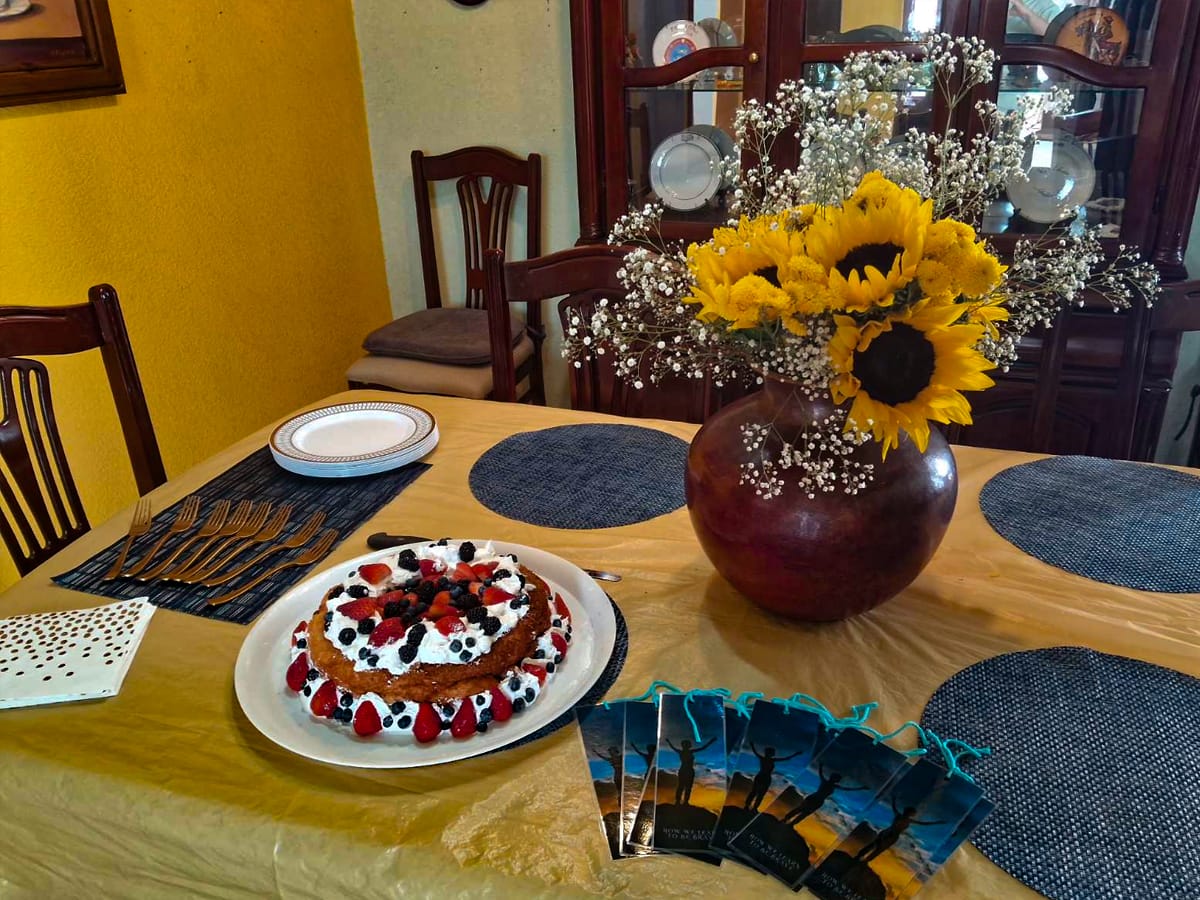
Why Food Matters More Than SparkNotes
Let’s be honest: half the time, people come to book club without finishing the book. But one thing they will finish? The coconut cream pie you laid out in honor of that novel set in Key West. And here’s the twist: even if their bookmark is stuck at chapter three, the bite of pie gives them a sensory association that sticks. They feel connected to the story through taste. Suddenly, even partial readers can jump into the conversation with authority: “I didn’t quite get to the ending, but wow, that pie made me understand the atmosphere of the book so much better.” See? Participation complete.
Food is also a universal equalizer. A complex novel can intimidate people, but a loaf of fresh bread on the table? That puts everybody on the same level. Even the shyest group member will suddenly start reminiscing about childhood meals or family traditions—all sparked by a fictional dinner scene or four-paragraph description of sizzling bacon.
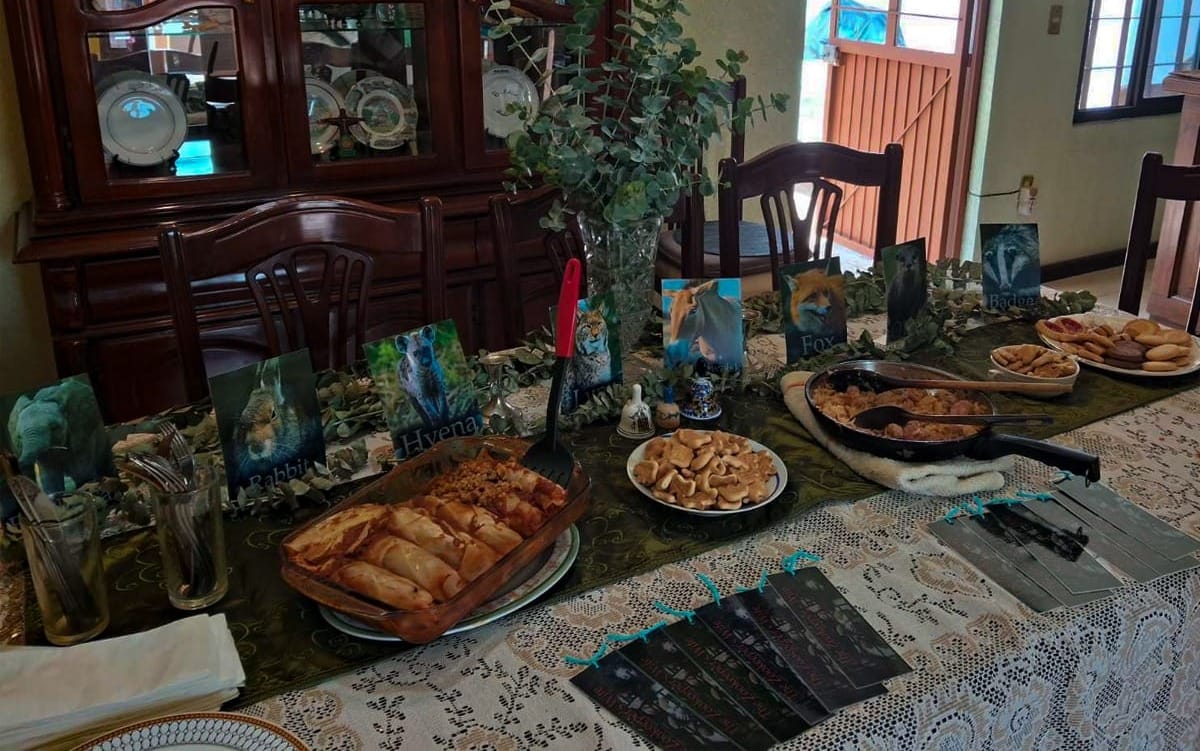
Food in Fiction: A Few Glorious Examples
Some authors know exactly what they’re doing when they wield food in their books. They’re not just telling you about a stew or a feast—they’re shaping your emotional response.
- Jane Austen’s banquets aren’t just about roasted meats and trifles. They’re coded symbols of wealth, power, and who’s marrying whom. Reading about those spreads while nibbling cucumber sandwiches? Chef’s kiss—perfect.
- Harry Potter gave us the visual splendor of the Great Hall feasts and candies at Honeydukes. Admit it, you still want a chocolate frog or a sip of butterbeer, don’t you?
- Laura Esquivel’s Like Water for Chocolate takes it further. Every dish literally absorbs emotion. Imagine making spicy hot chocolate while reading—a spoonful becomes an entire plot device in your mouth.
- Heinrich Harrer’s Seven Years in Tibet (since many of us are about to travel there book-club style) makes you taste the butter tea, whether you wanted to or not. This is the Morelia Book Club's book for October, and since there are no yaks around here, we'll probably settle for a medley of herbal teas and pretend they came from Tibet.
- Lessons in Chemistry excels at turning a boring science class into a thrilling food experiment.
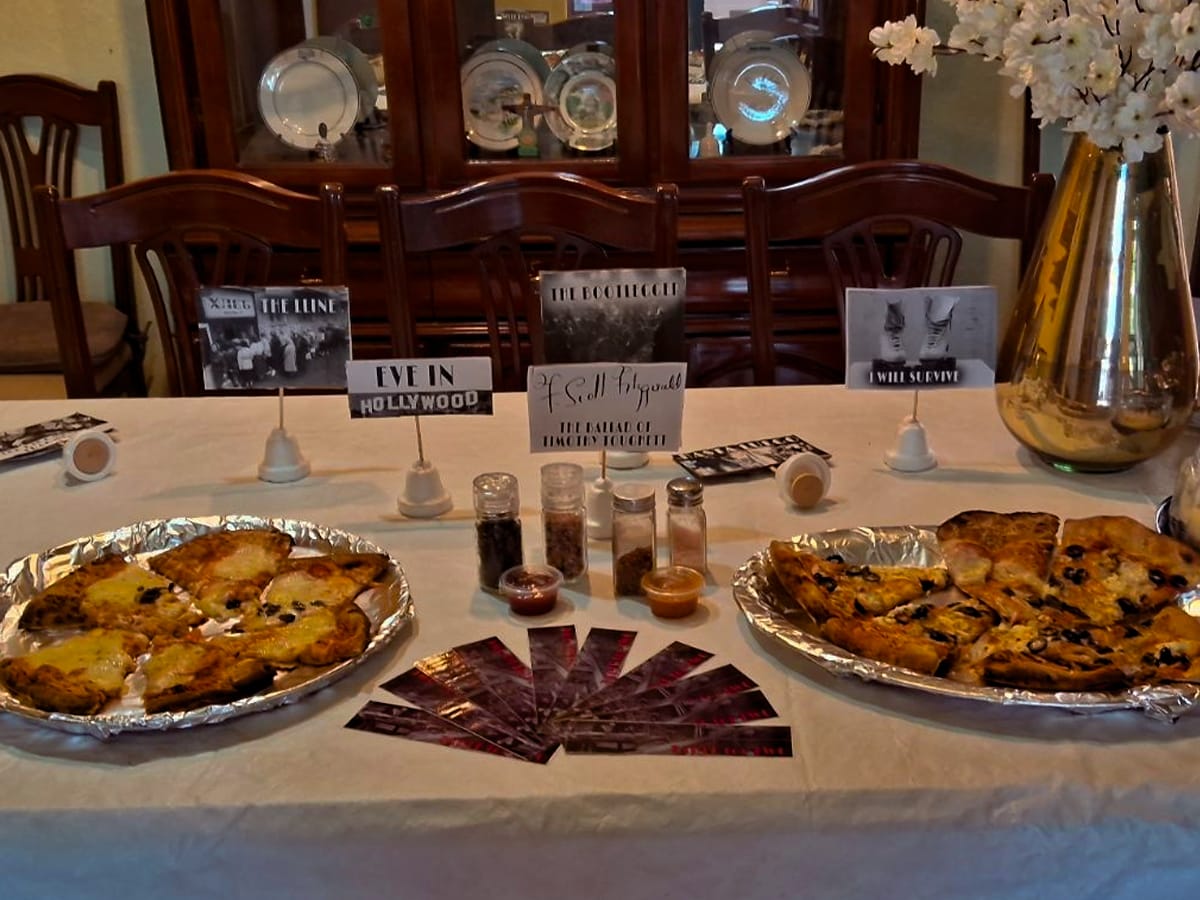
The Science Bit (But Fun, I Promise)
When our senses overlap—like reading about soup while actually eating soup—it triggers a sort of narrative synesthesia. Your brain isn’t just processing words; it’s engaging taste memories, emotions, and even identity. This is why people who read cookbooks in bed (don’t lie, one of you does this) sometimes feel like they’ve eaten without even getting up. It’s a sneaky magic trick: literature becomes edible.
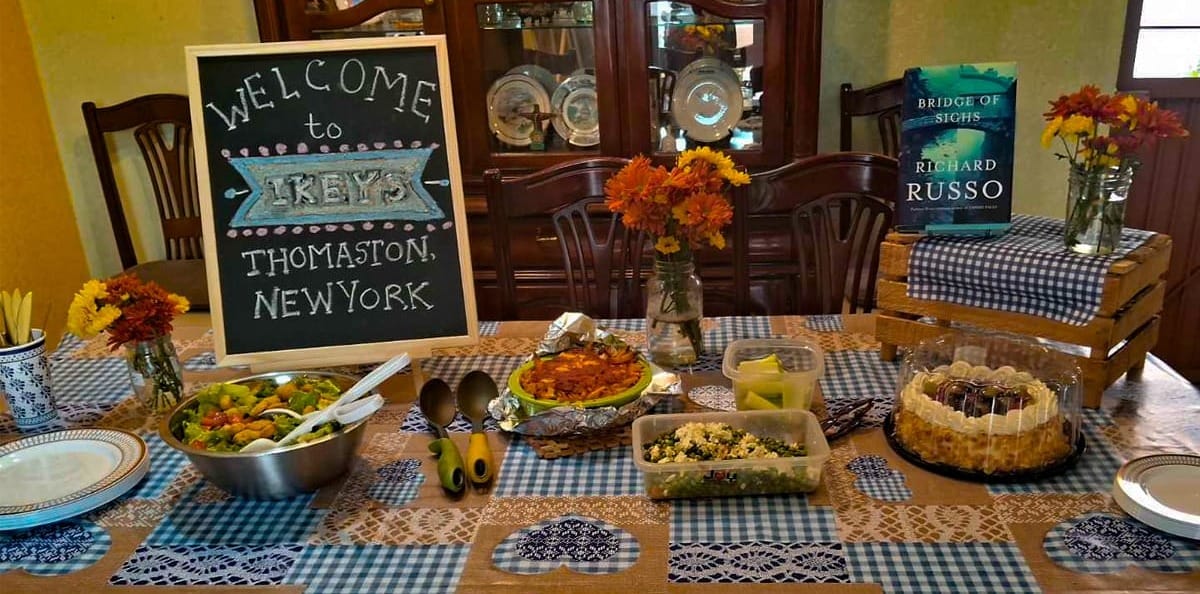
What Happens at Book Club Without Food?
I tried it once, and it was chaos. Everyone fidgeted, the discussion dragged, and people left early with an unspoken rebellion brewing. Without food, there’s no anchor. People take their critiques too seriously, and suddenly you’re refereeing a heated debate about whether the main character’s arc was “believable” instead of sharing a bonding laugh over blueberry scones.
However, food softens even the most intense conflicts. Even if someone is passionately disagreeing about the ending, their tone tends to soften when they have a cookie in hand. Sugar diplomacy is real.
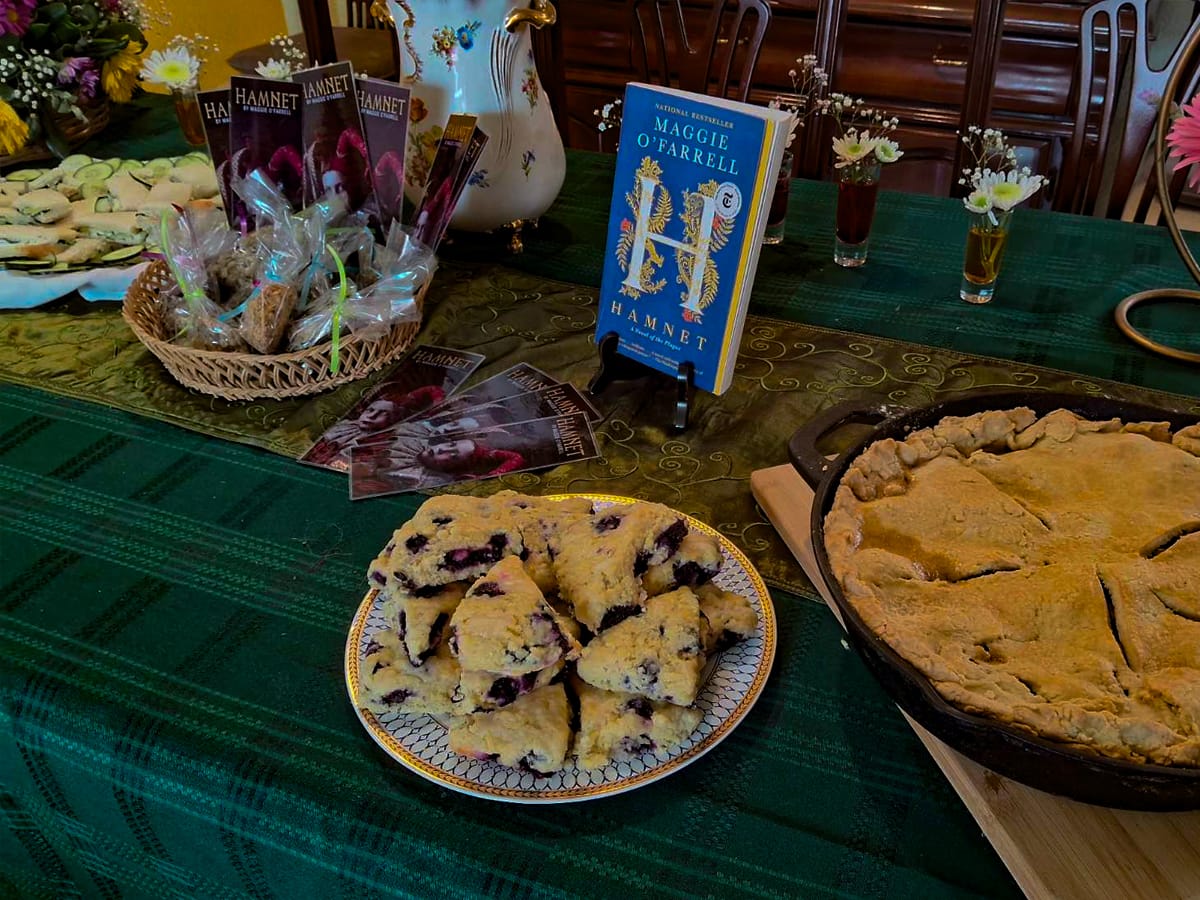
How to Choose the Right Food for Your Book
Choosing food for book club isn’t about slavishly recreating every weird dish mentioned in the novel. Sometimes you just want the spirit of the story, not a forensic re-creation. No one, for example, really wants to slurp Oliver Twist-style gruel. (Unless your group is that dedicated. Bless you.)
Here are a few fun approaches that win every time:
- Regional Pairing: Reading an Italian family saga? Bring pasta. Scandinavian noir? Think smoked fish and rye crisps.
- Character-Inspired Plates: Craft snacks that match personalities—a tart lemon cake for a sharp-tongued protagonist or mellow tea biscuits for a reflective narrator.
- Mood Matching: A cozy, heartwarming read calls for soup and bread. A gritty thriller pairs perfectly with something snackable and dramatic, like spicy nachos.
- Literal Copycat Foods: If the characters rave about a lamb curry, find a recipe and serve it up. Readers love to taste what they’ve just imagined.
- Metaphorical Foods: If the novel is about resilience, why not bake something that “rises against the odds” like bread? It’s sly, symbolic, and conversation-worthy. But, if your group decides to discuss Bat Eater and Other Names for Cora Zeng, you have my permission to substitute sugar cookies shaped like bats for the real thing.
Food as Memory and Connection
Many book club members, especially those who’ve been in groups for years, will tell you that when they think back on past reads, they remember the food as much as the story. A slice of cake can become shorthand for the entire book. “Remember when we read The Night Circus? Ah yes, those black-and-white frosted cupcakes!” The memory is locked in flavor.
Food also bridges differences. Sometimes, a story feels far away—set in a different culture, time, or experience. Tasting the food from that world gives you an entry point. Eating dumplings while reading a Chinese memoir isn’t just about flavor; it's a small act of empathy. It takes the abstract and makes it edible.
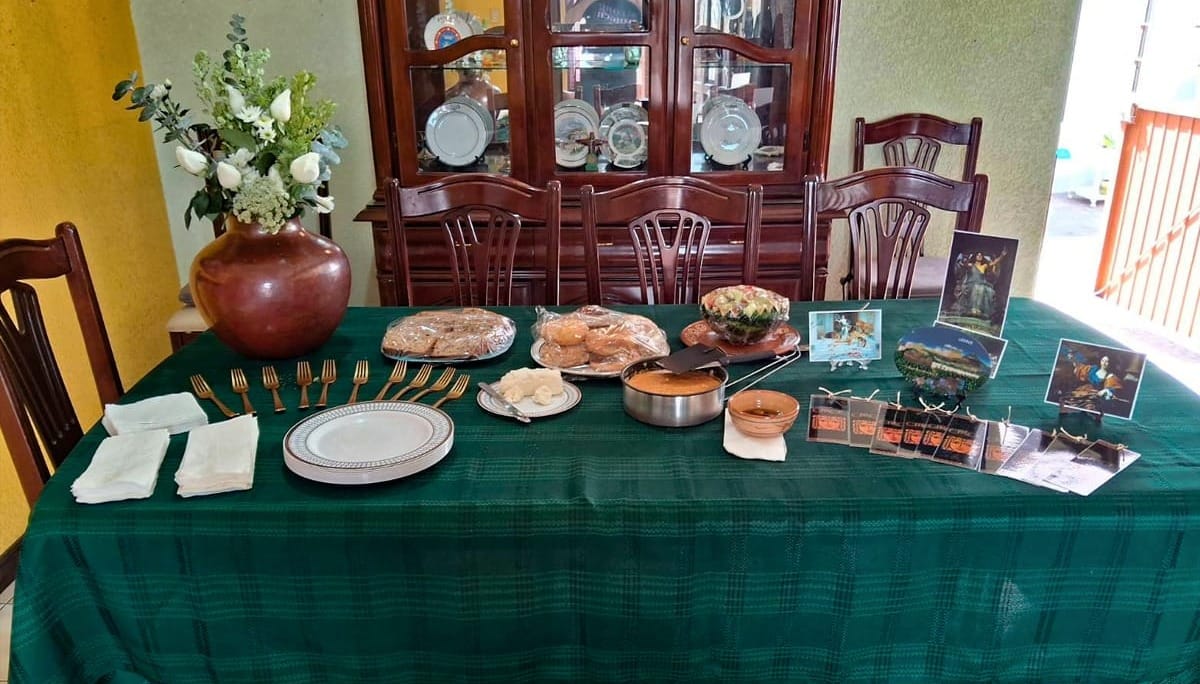
When Food Steals the Show
Sometimes, of course, the food becomes the main event, and you only half-heartedly discuss the book while demolishing brownies. And that’s okay. Stories and food are both about community. If one dominates, you’ve still had a great night. Some of my best book clubs devolved into recipe swaps, laughter, and gossip well before we circled back to chapter analysis.
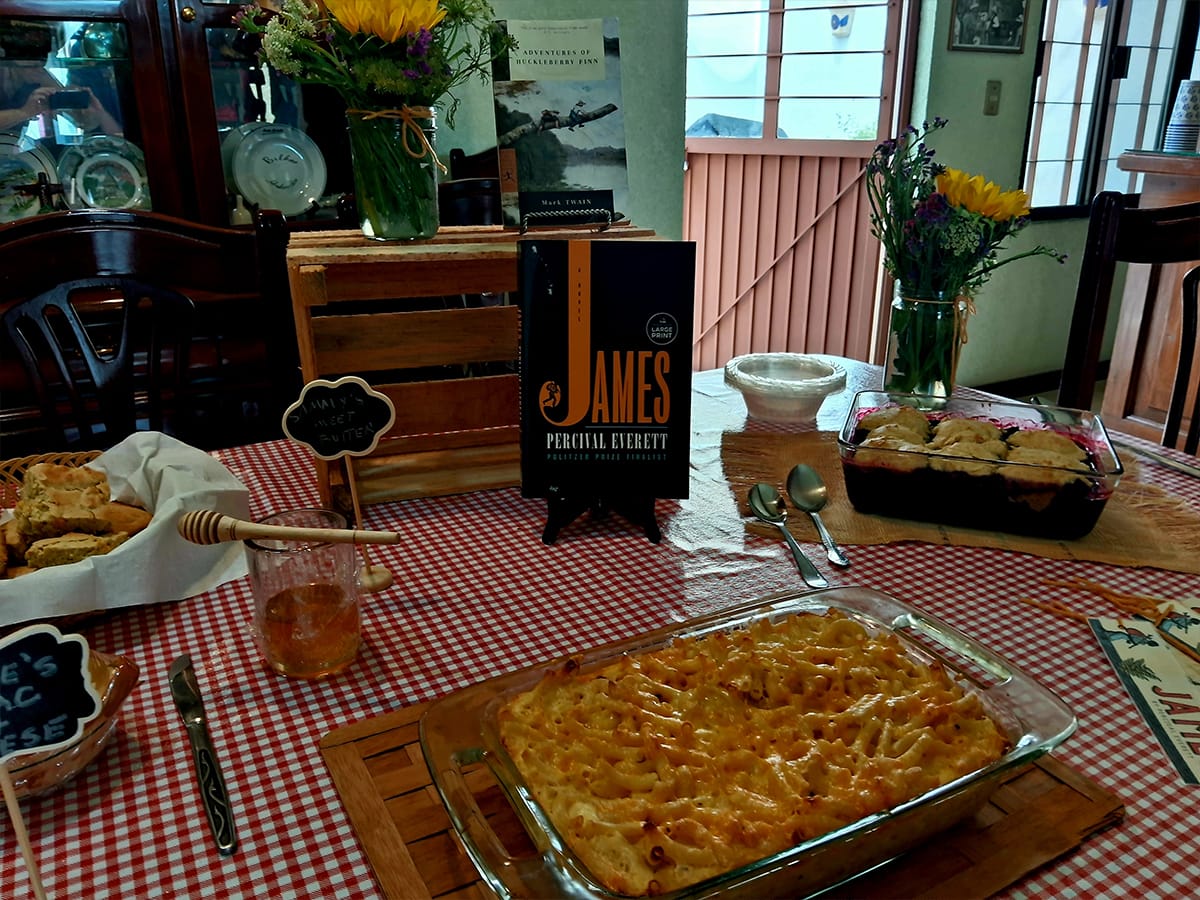
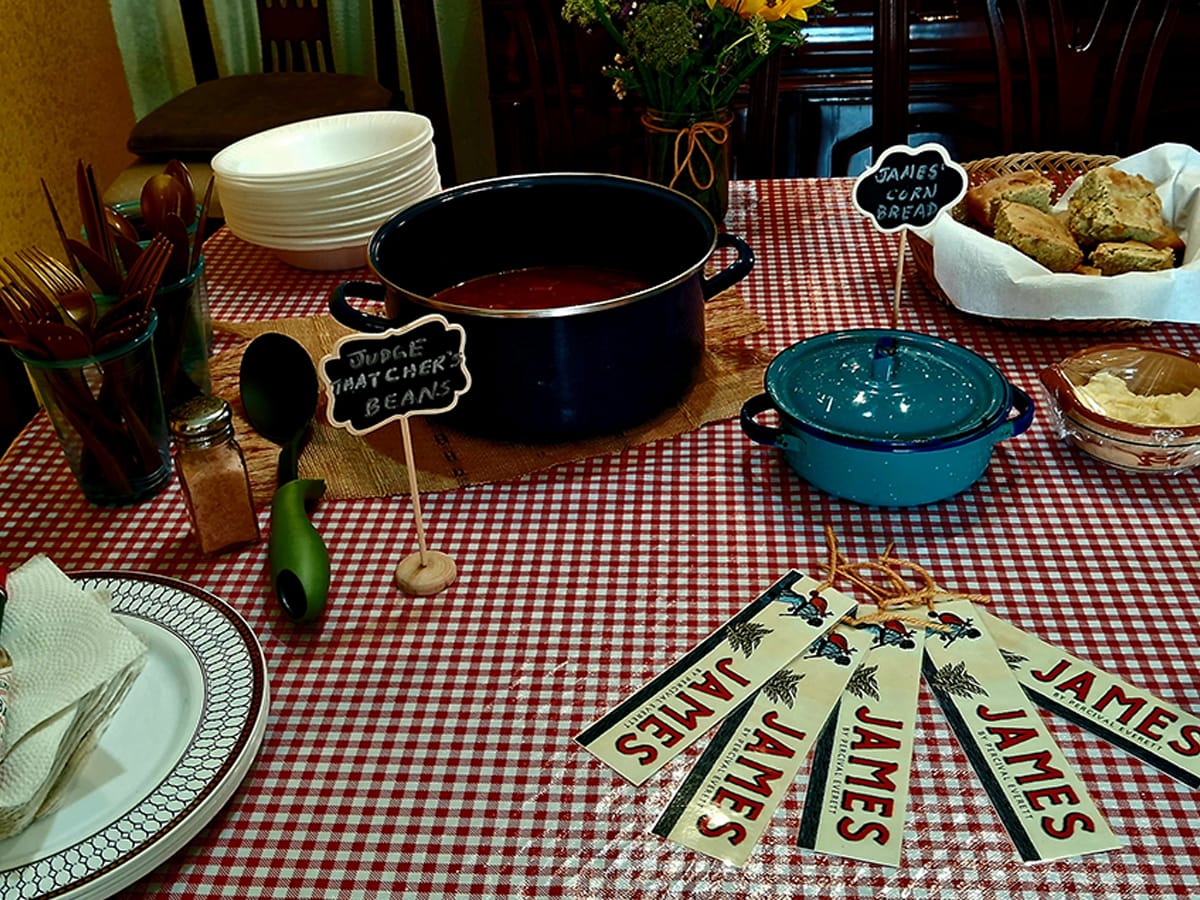
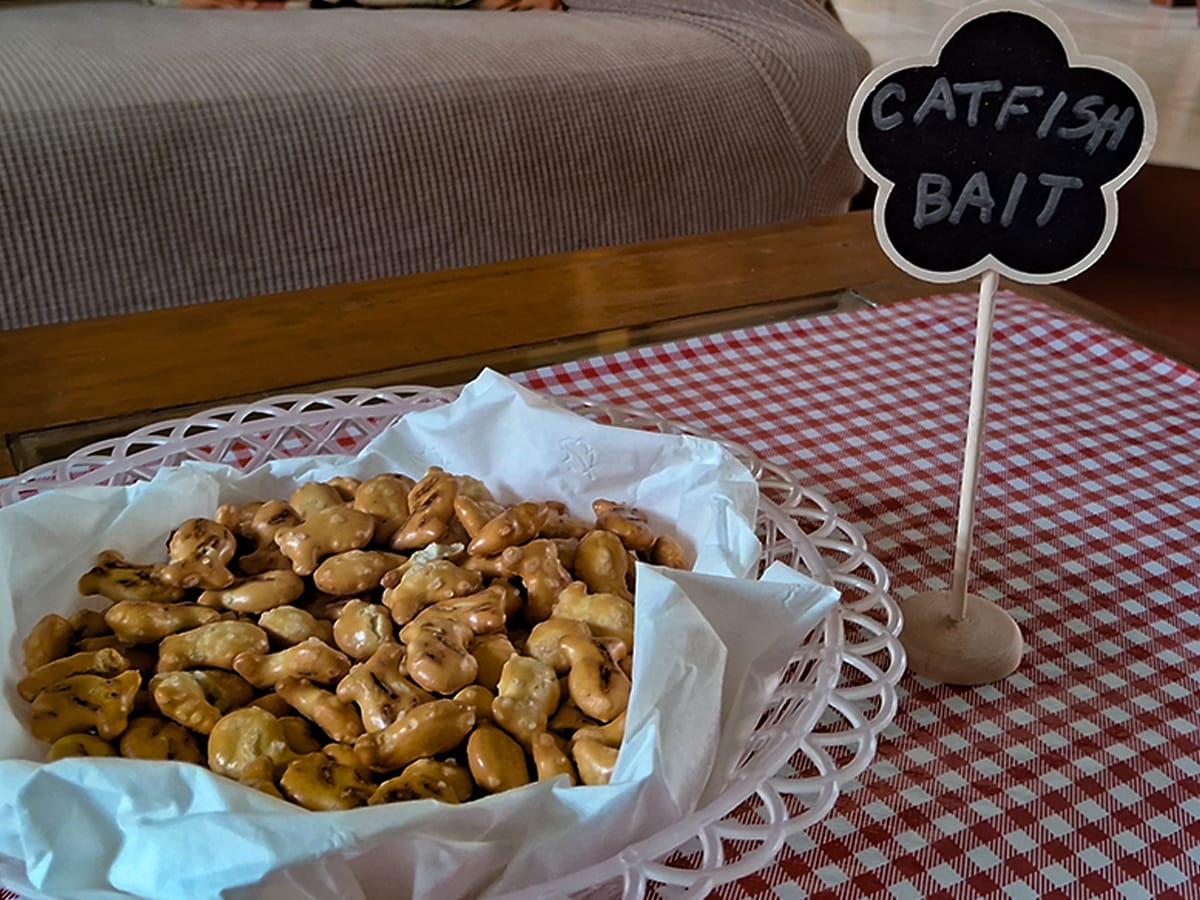
The Secret Recipe for a Perfect Meeting
You want my recipe? Fine, but it’s not written down—like Grandma’s best casseroles. Here it is:
- 1 part novel, chosen with enthusiasm
- 2 parts snacks, generous and connected to story themes
- 3 parts conversation, unfiltered and laugh-heavy
- Pinch of flexibility (because not everyone reads every page)
- A generous sprinkling of sugar and maybe a little caffeine...or wine
Mix it all together, and you’ll get what I like to call literary alchemy—a combination that no syllabus or Zoom discussion can replicate. Bon appétit!


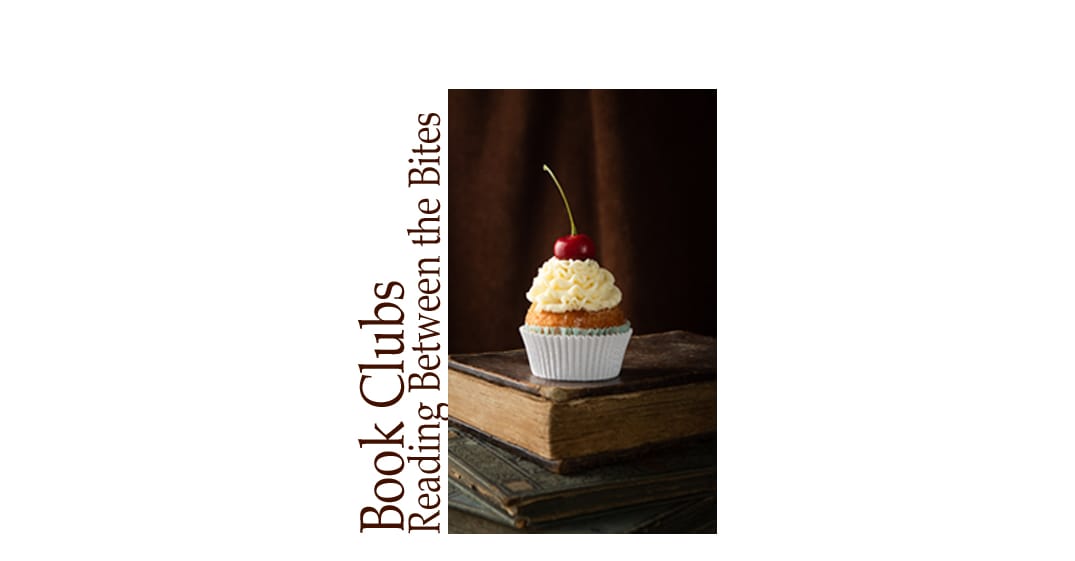
Comments